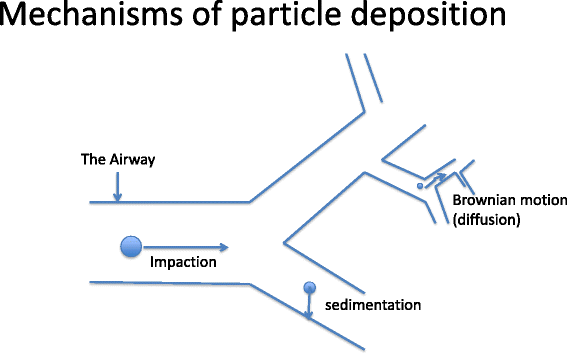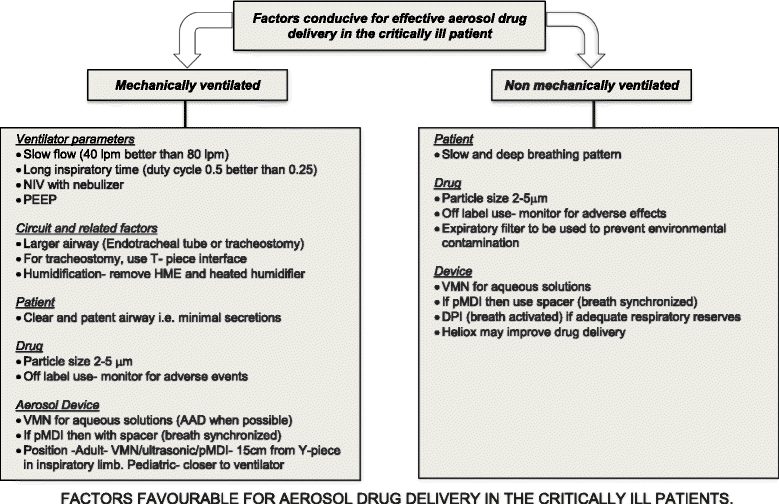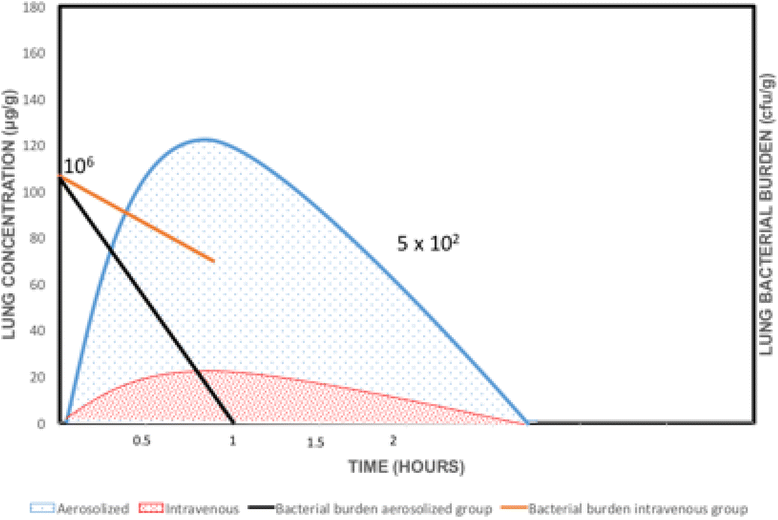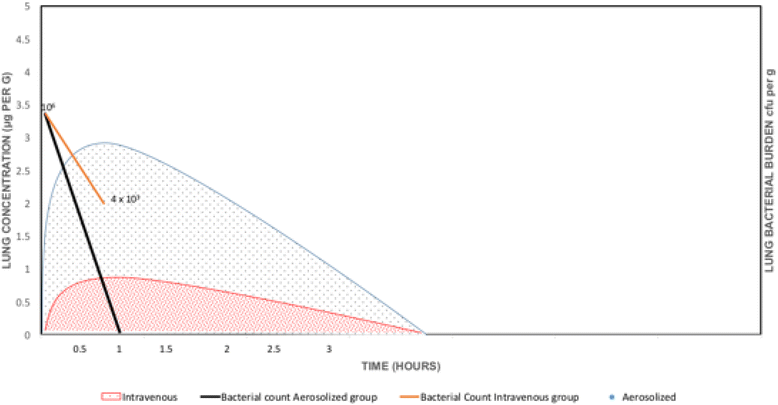Fundamentals of aerosol therapy in critical care
- PMID: 27716346
- PMCID: PMC5054555
- DOI: 10.1186/s13054-016-1448-5
Fundamentals of aerosol therapy in critical care
Abstract
Drug dosing in critically ill patients is challenging due to the altered drug pharmacokinetics-pharmacodynamics associated with systemic therapies. For many drug therapies, there is potential to use the respiratory system as an alternative route for drug delivery. Aerosol drug delivery can provide many advantages over conventional therapy. Given that respiratory diseases are the commonest causes of critical illness, use of aerosol therapy to provide high local drug concentrations with minimal systemic side effects makes this route an attractive option. To date, limited evidence has restricted its wider application. The efficacy of aerosol drug therapy depends on drug-related factors (particle size, molecular weight), device factors, patient-related factors (airway anatomy, inhalation patterns) and mechanical ventilation-related factors (humidification, airway). This review identifies the relevant factors which require attention for optimization of aerosol drug delivery that can achieve better drug concentrations at the target sites and potentially improve clinical outcomes.
Figures





References
-
- Brewis BCRA, Geddes DM, Gibson GJ. Respiratory medicine. 2. London: W.B. Saunders; 1995.
-
- Hollinger MA. Respiratory pharmacology and toxicology. Philadelphia: W.B. Saunders; 1994.
Publication types
MeSH terms
Substances
LinkOut - more resources
Full Text Sources
Other Literature Sources
Medical

